
Article contents

Transferring your workplace pension (company pension) to a SIPP is oh so easy. All you need to do is find a new pension provider (we’ve got our top picks below), request a transfer and then they'll handle everything for you. However, you can only transfer old pensions, not one with your current job.
Been working hard at your job and built up a workplace pension (company pension)? Great. Not sure if it's the right pension provider (company) to use? You’re in the right place.
You’re able to transfer any old workplace (work) pensions you have over to personal pension (a self-invested personal pension (SIPP)), which is a pension you set up yourself, and you get to make all the decisions, such as which provider to use, which pension plan or investments to make, and when to start withdrawing from it (if you’re over 55).
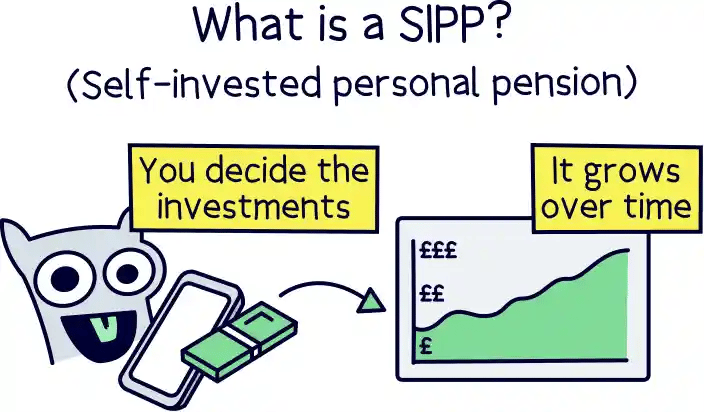
Note: a workplace pension is a pension your employer sets up for you if you’re employed (also called a company pension).
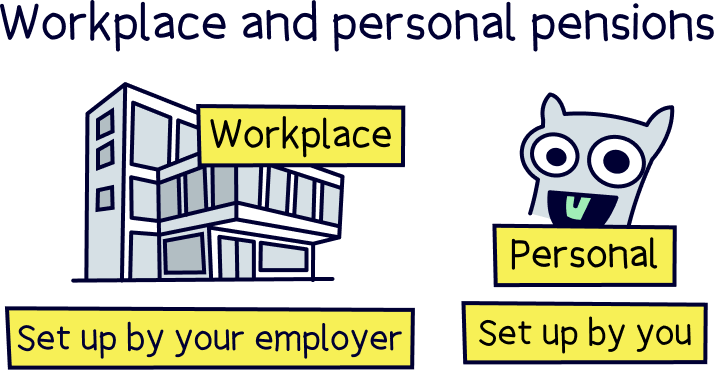
Anyway, if you’re still working there, you won’t be able to transfer your current pension until you leave your job – but you can transfer any old pensions, from any old jobs you might have.
We’ll run through how to transfer your pension below, but before we get too far, if you’re keen to transfer your pension to a SIPP, or a personal pension, but not sure where to get started, here’s the best SIPP providers.
Experts manage everything, you just pick which pension plan you’d like.
Get £50 added to your pension



PensionBee is our recommended provider – they’ve thought of everything.
Their 5 star rated app (and website) makes it easy to set up and use. You can open a brand new pension, or transfer your existing pensions across (they’ll handle all the paperwork).
Simply pick from an easy to understand range of pension plans, and that’s it, the experts manage everything from there.
It’s low cost, with one simple annual fee. The customer service is excellent, and you’ll get a dedicated account manager for any questions you might have.

And, when the time comes to retire, withdrawing from your pension is easy too.
You can also use them if you're self-employed or a company director.



Moneyfarm is a great option for saving and investing (both ISAs and pensions). It's easy to use and their experts can help you with any questions or guidance you need.
They have one of the top performing investment records, and great socially responsible investing options too. Plus, you can save cash and get a high interest rate.
The fees are low, and reduce as you save more. Plus, the customer service is outstanding.

You make the investment decisions.
Get £100 - £3,000 cashback



Interactive Investor is a well established company, and very popular.
Instead of paying a percentage of the investments in your account (like other investment companies), you’ll instead pay a fixed fee per month – and it’s pretty low, starting at just £5.99 per month for a pension (SIPP).
This makes it one of the cheapest SIPP providers out there, especially if you have a fairly sizeable amount within your pension (e.g. over £30,000).
On top of that, there’s a huge range of investment options (e.g. shares and funds) – one of the largest.
It's easy to use, and the website and app are great. The customer service is excellent too.
A great choice overall.




AJ Bell is well established, with a good reputation.
It's one of the cheapest SIPPs out there (charging a low annual fee).
There's a huge range of investment options – pretty much every investment out there (including both funds and shares).
The customer service is excellent too.
Overall, it's one of the best options for a SIPP.

If you're a bit unsure about pensions and would prefer to speak to an expert, check out Unbiased¹ – it's a free service to find pension experts (financial advisors) in your local area.
Right, let’s get into the details, how to actually transfer for your company pension (workplace pension). It’s super easy to do – just follow these easy steps and you’ll be set up in no time.
It’s probably pretty obvious, you’ll need to pick a great new pension provider (company) to transfer your old workplace pension to – and the great thing here is that you can pick any provider you like.
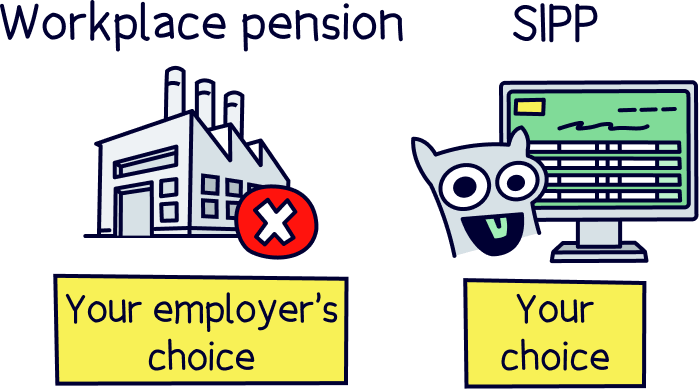
So, you can pick one that’s easy to use, has low fees, great service and either one that’s got a great track record of growing money over time (expert managed), or a wide range of investment options (for self-managed).
With that in mind, we’ve put together the best pension providers, and the best SIPPs.
As a spoiler, if you’d prefer the experts to handle things (recommended), check out PensionBee¹ - for all those reasons above, and you’ll be given a dedicated account manager to help with any questions you might have.
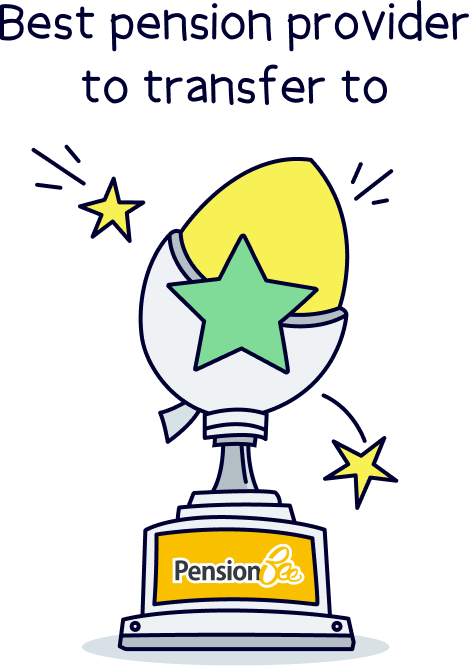
As a bonus, you’ll get £50 added to your PensionBee pension for free when you sign up with Nuts About Money.
If you’re looking to make your own investments, check out Interactive Investor¹, and AJ Bell¹ – both low cost and have a huge range of investment options.
Note: if you’re looking to withdraw from your pension later on, all our recommended options let you withdraw too (called pension drawdown). For more information on that, check out the best pension drawdown providers.
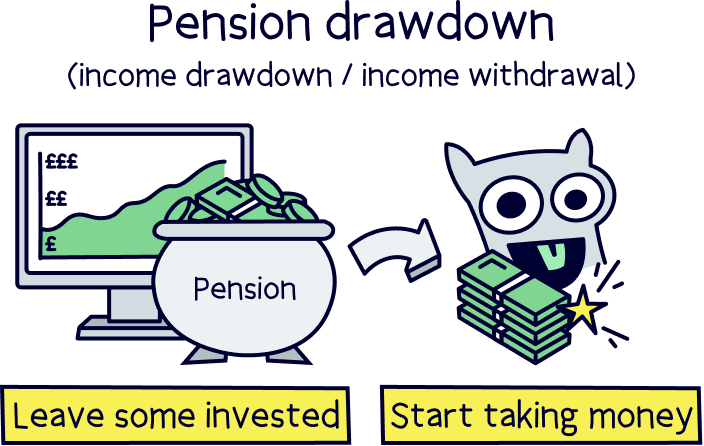
The great thing about a great SIPP provider (or personal pension provider), is that they’ll do all the paperwork, and everything else behind the scenes, to transfer your old workplace pension across to your new provider, and all for free. Pretty great right?
All you need to do is tell them where your old workplace pensions are, and they’ll get in touch with your existing pension provider to sort out the pension transfer.
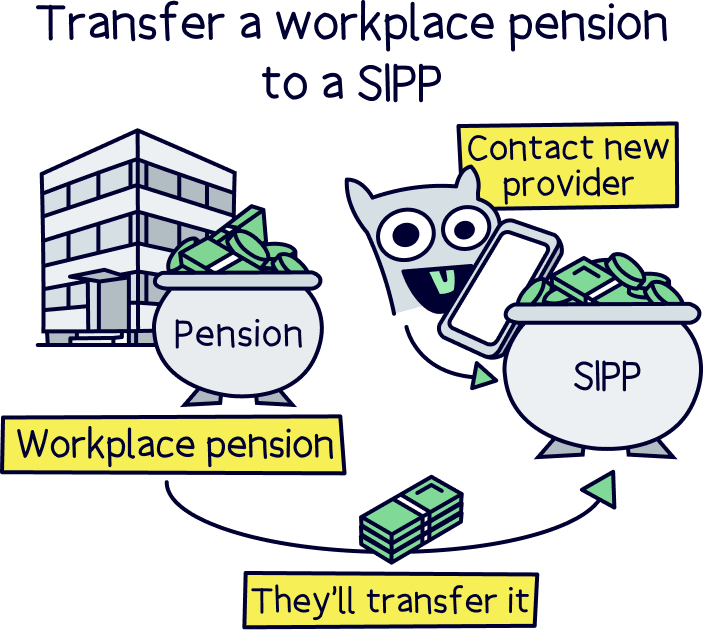
If you’ve forgotten, don't fret, you’re not alone (lots of people do) – you can use the Government’s pension tracing service, or Gretel, a great free service to help you find them.
After you’ve told your new pension provider where your old pensions are, they’ll get to work, and after a short while (often a few weeks but can be a few months), your old pensions will arrive in your new pension.
And that’s all there is to it. Simple right? No stress, and everything where you want it, all set for retirement.
A SIPP, or self-invested personal pension, is traditionally where you make all the investment decisions – all within a pension account, so you can benefit from all the great tax-saving advantages (we’ll cover those below).
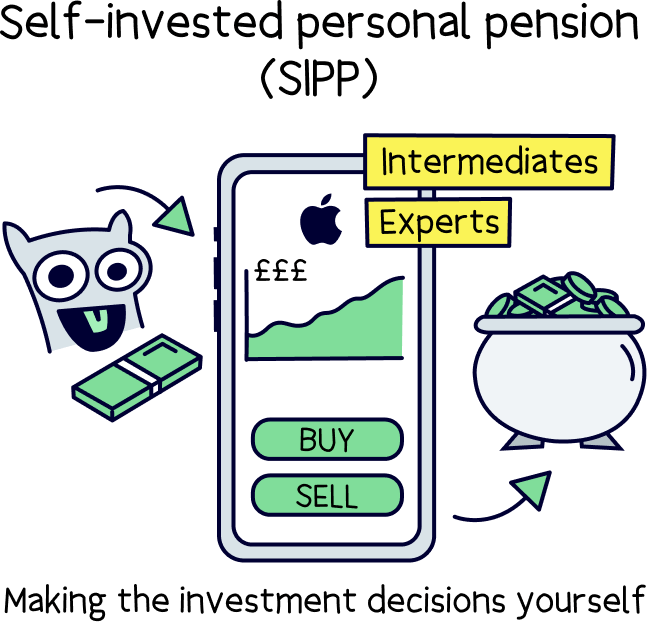
And those types of pensions are very common – some great providers are Interactive Investor¹, and AJ Bell¹.
To confuse things a little, there’s also what we call modern SIPPs, or managed SIPPs, and instead of making the investment decisions, the experts handle things for you – you simply pick from a small range of pension plans that suit you. For instance general long-term retirement saving, or perhaps ethical investing (no fossil fuels).
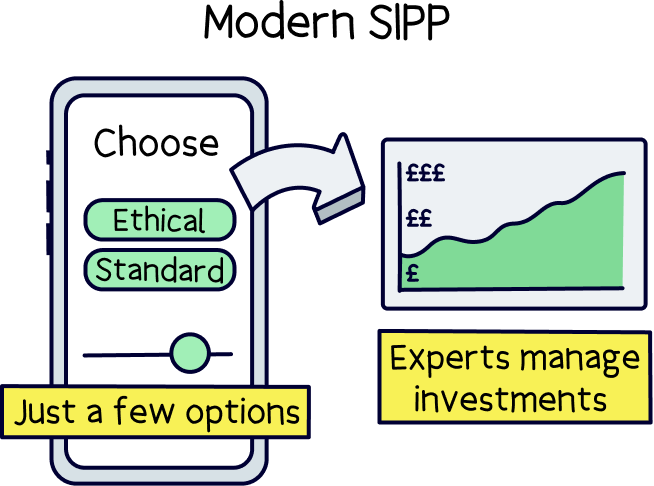
Basically, they’re just like your workplace pension, except it’s a personal pension, so you get to pick the provider, and how much to save (and even transfer it if you want to).
Expert-managed SIPPs are becoming very popular, and highly recommended. The experts know what they’re doing, so you can leave it up to them, and spend time enjoying life.
Some great managed SIPPs are PensionBee¹ and Moneyfarm¹.
Saving for retirement within a personal pension (SIPP) has some amazing benefits to help you save even more.
Firstly, you’ll be able to save into it tax-free, just like a workplace pension. However, instead of your money coming directly out of your salary before tax, you’ll instead pay into it after you've paid tax on your income…
So, to refund you the tax you’d paid, the Government will give you a 25% bonus on all your contributions, paid directly into your pension account.
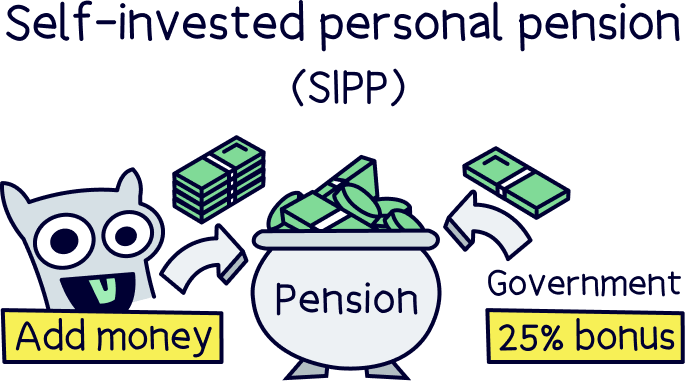
And, if you’re a higher rate taxpayer (earning over £50,270 and paying 40%), or additional rate taxpayer (earning over £125,140 and paying 45%), you can get some of the tax paid at those rates back too – which you’ll do on a Self Assessment tax return. Technically, this is called tax relief.
Note: you’ll be able to save up to £60,000, or your total income (e.g. salary), whichever is lower, each tax year (April 6th to April 5th the following year). This is the total for all of your pension pots (if you have more than one (e.g. a personal pension and workplace pension).
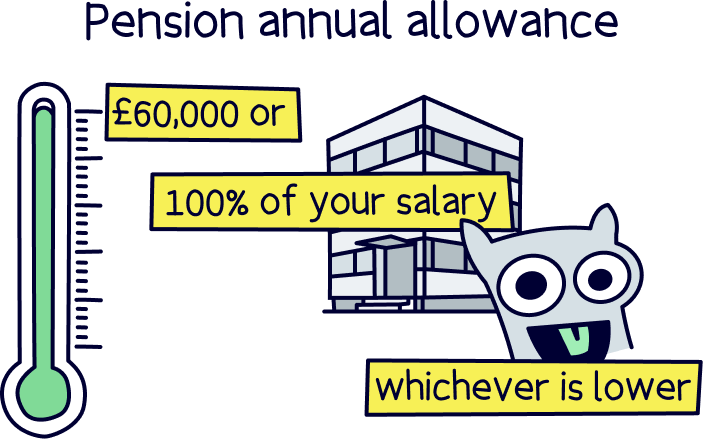
Your money inside your pension will also grow tax-free too – meaning it can grow much faster over time, and you don’t have to worry about paying any tax as it grows.
There's a big BUT though, you might pay tax when you withdraw your pension, it depends on your income at the time – which acts just like your salary now (e.g. the first £12,570 is tax-free).
However, 25% of your pension will always be tax-free, and you can take this as a tax-free lump sum if you like.
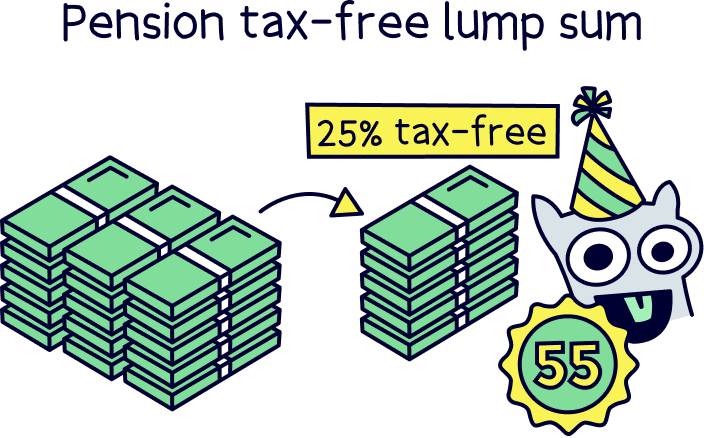
There are some rules however, and you can only withdraw from your pension over the age of 55 (57 from 2028), and the maximum amount that can be withdrawn tax-free is £268,275 (but that’s a lot).
When we’re talking about SIPPs and personal pensions, we’re talking about defined contribution pensions – that’s where you add money, and it all adds up within a pension pot (your retirement savings), which has a financial value (e.g. a £50,000 pension pot).
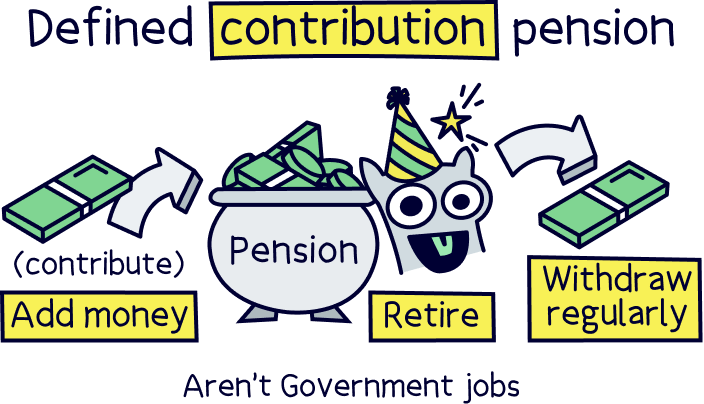
Note: if you’re not in a Government job, it’s likely your pension will be a defined contribution pension, and you can transfer these across to self-invested personal pensions easily (as described above).
You’ll then get to decide when to take it (as long as you’re over 55), and how much to take from it (so it's similar to a regular savings account) – and of course which provider to use, among other things.
The alternative is a defined benefit pension, and that’s where you typically get a set amount each year when you retire (it's like a salary apart from you don't have to work!), which is based on things such as your salary while you were working, and how long you’ve been working there…
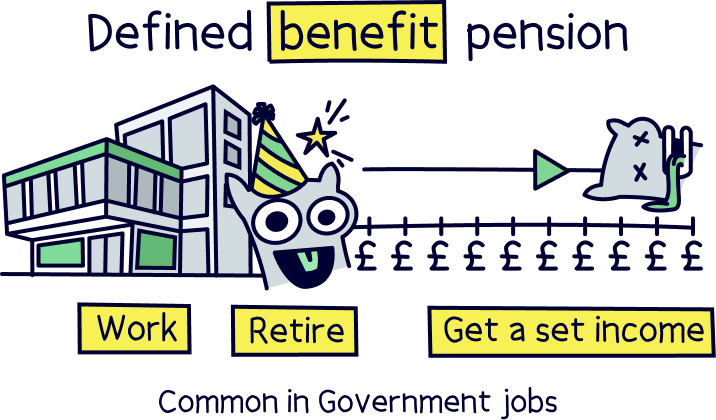
These are more common in Government jobs, and places like the NHS. They have some great benefits, and can often be a final salary pension (rare) or average salary pension, guaranteed for life.
If you have got a defined benefit pension, you can transfer them yourself if the total estimated pension value is less than £30,000. Otherwise, you’ll need to get pension advice from an independent financial advisor.
That’s because the pension benefits can be pretty great (such as a final salary pension), so it might not always be the best idea to transfer it (to a defined contribution pension). You can find expert advisors local to you with Unbiased¹.
It’s often a good idea to transfer your old workplace pensions to a SIPP (personal pension), so you don’t lose track of them (which happens a lot), and so that you can have full control over your pension pot.
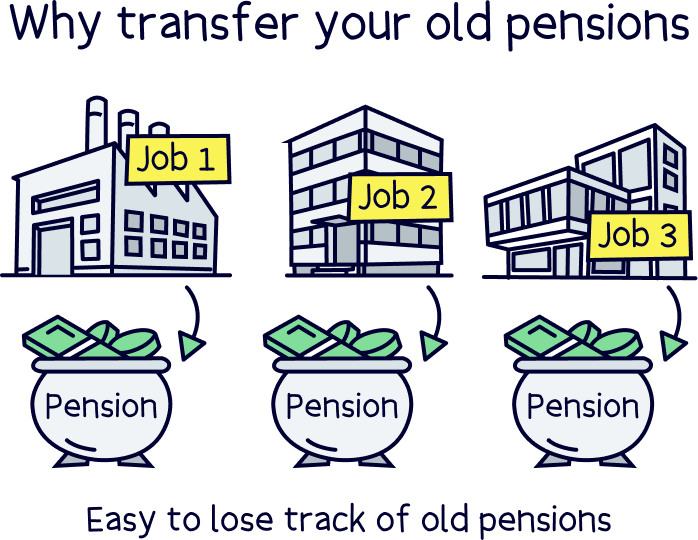
When the time comes to retire, your old pension provider won’t typically let you know they still have your money, and if you think years ahead, do you reckon you’ll remember where all your pensions are from all the jobs you’ve had? It can be a bit of an admin nightmare.
Transferring your workplace pension to a SIPP after you leave your job can be a great idea so all your pensions are in one place, making it easier to manage, and all ready for your retirement.
You’ll also get to decide which pension provider to use, and can transfer your pension to another provider in the future if you find one that suits you better – for that reason it’s often better not to transfer old workplace pensions to your new job (if you’ve got one), otherwise it’s stuck there until you leave that job, and it might not be the best pension provider for you (e.g. high fees and not so great investments).
With a SIPP, you can pick a great pension provider, one that’s easy to use, has low fees, a great record of growing pensions over time, and great customer service (and even a great mobile app to use).
As a reminder, our top recommendation is PensionBee¹ for all those reasons (and you’ll get £50 added to your pension for free if you sign up with Nuts About Money).
As a self-invested personal pension (SIPP) is a private pension, it’s exactly the same as your workplace pension (if it’s a defined contribution pension)...
That means you can start taking money from it at age 55 (57 from 2028) if you want to (although we recommend leaving it for as long as you can, so it can grow more over time and provide a bigger retirement income).
You’ll be able to take 25% of it tax-free, and you can take it as a tax-free lump sum (all in one go). Pretty handy right?
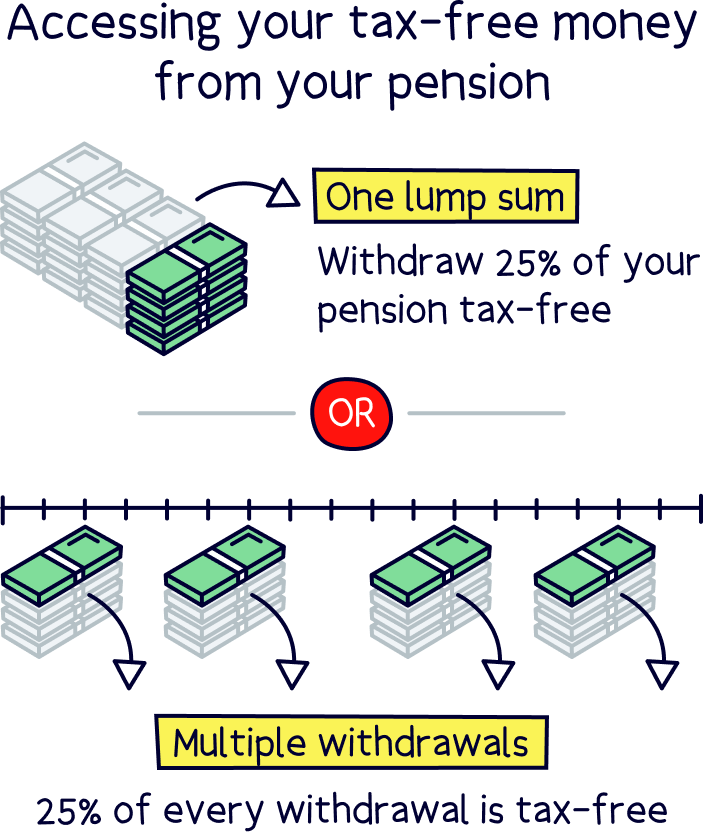
With the remaining 75%, you’ll pay Income Tax on it, just like your salary now, so the amount of tax you’ll pay depends on what your income is at the time.
When it comes to retirement, you’ve got two options, you could either opt for pension drawdown, which is where you simply withdraw money from it when you want to (e.g. monthly), while the rest of it remains invested so it can keep growing (this option is becoming very popular since the Government allowed it in 2015).
Or, you could buy an annuity, which is a guaranteed income for life, or a set number of years (e.g. 20 years). You’ll trade in your pension pot for the guaranteed income.
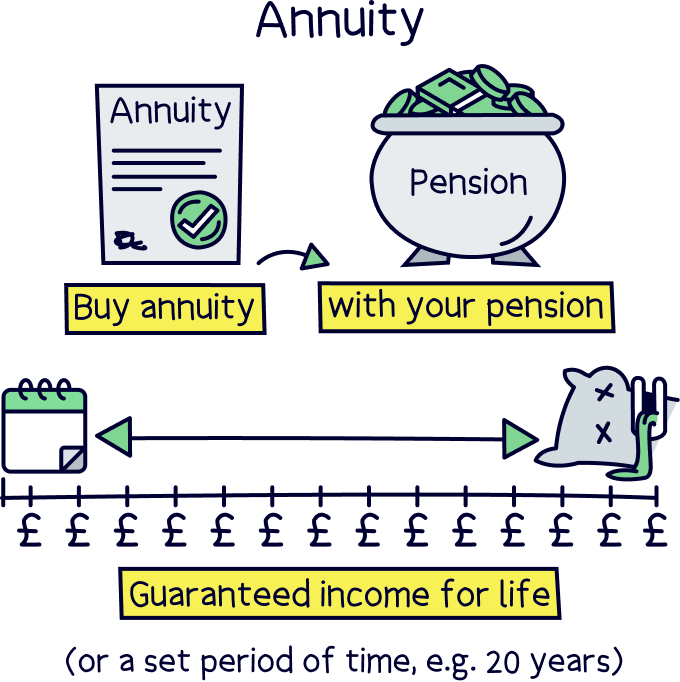
Or, you can do a bit of both. It’s entirely up to you.
Nuts About Money tip: If you’re keen to learn more about these options, here’s our guide to drawdown vs annuity.
And then finally, if you’ve been paying National Insurance contributions throughout your life, when you reach State Pension age (currently 66), you’ll get the State Pension too. For the full amount you’ll need to have paid 35 years National Insurance contributions.
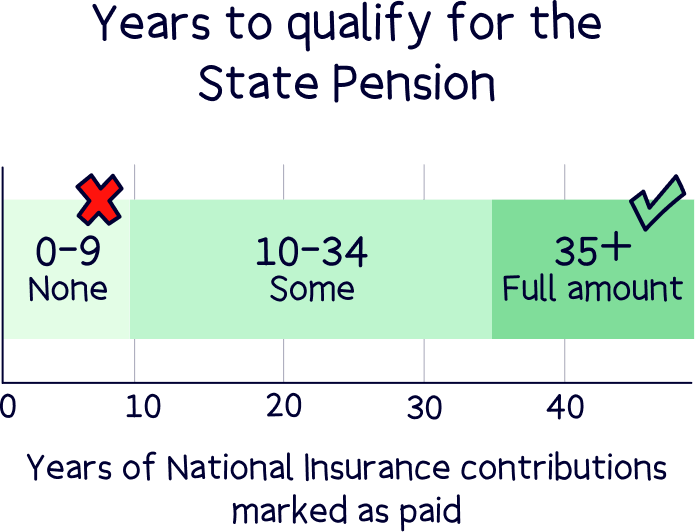
The State Pension isn’t enough to live on for most people, it’s currently £11,502 per year (below minimum wage) – so a private pension, like saving into a SIPP (and your workplace pension) is highly recommended. To learn more, here’s our guide to how much you’ll need in retirement.
There we have it – how to transfer your pension savings from a workplace pension to a SIPP (self-invested personal pension).
Either an expert-managed SIPP (where the experts handle the pension investments), or a self-managed SIPP (where you make the investment choices).
To recap, all you need to do is first find a great SIPP provider…
Our top choice for expert-managed pensions is PensionBee¹, as it’s easy to use, low cost, a great record of growing pensions over time, plus great service (you'll also get £50 added to your pension for free with Nuts About Money).
For self-managed pensions, we recommend Interactive Investor¹, and AJ Bell¹ – they’re both low cost and have a great range of investment options to choose from.
For the full range of the top options, check out the best pension providers.
After you’ve picked your favourite, it’s time to dig out all the old workplace pension pots you want to transfer over, and then simply let your new provider know where your old pensions are (e.g. the name of the pension company), and that’s it – they’ll handle the whole pension transfer process, and your money should turn up in your account after a few weeks.
Pretty easy right? There’s no stopping you now. It’s worth doing this sooner rather than later so you don’t forget where your pensions are, and you'll be able to manage your pension in one place. And, so you know your money is growing nicely with a great new provider.
So, over to you! And all the best for building up a nice big pension pot for retirement.
We’d love to hear from you, and it will help others too.